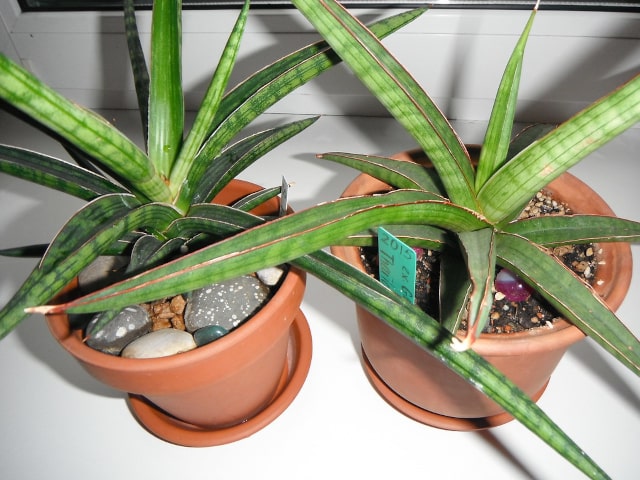
Sansevieria plants are known as the most tolerant of all decorative plants. They can survive very unsuitable growing conditions, even abuse and neglect. One has to work very hard against it to harm this plant.
It's easy to recognize sansevieria based on its unique, stiff and thick leaves. They are spearlike, with glossy texture, often mottled with white. The plant has clustered flowers on slender stalks.
Different Types of Sansevieria
There are 2 common varieties of this plant:
- The most popular, tall ones (Sansevieria trifasciata). There are several forms of this plant.
- The squashed-down sansevieria types, known as birds-nest. These varieties are usually Sansevieria hanhii. This plant has a dense rosette of dark green leaves with gray-green crossbands. Another variety, Sansevieria golden hanhii, has 2-3 broad bands in yellow color as well as several longitudinal yellow stripes. These plants are ideal for terrariums and "dish-gardens" because of their compact shape and durability.
There are also some rare sansevieria species, such as Sansevieria cylindrica. This plant has dark green leaves with faint light green bands. It is unique among sansevieria plants because it has cylindrical leaves instead of flat or concave. This plant has the fan shape, also found in Sansevieria ehrenbergi. This is a very colorful plant: it has bluish leaves with white and red stripes on the upper margins of the leaves. Another unique type is Sansevieria arborescens, which is a tree-like plant. It has white edges on green leaves.
How to Care for Sansevieria?
These plants can be divided at any time during the year. Each division quickly grows into a new plant. You may even take a plant from the pot, break it up as much as you like and plant each of the segments. This plant grows actively during the summer so it's best to divide the plant in spring to get quick results.
Sansevieria thrives best in a good potting soil and they are not demanding. These plants are actually succulents and they hold lots of water in their leaves. Therefore, it's the best to create a "heavy soil" by amending with some sand.
It's best to be cautious when watering, especially during the winter. Usually, it's good to water them about every 2-3 weeks. These plants shouldn't be kept constantly wet. At the same time, make sure to water them when they need. They can suffer frome the lack of moisture.
The preferred method of propagation is by division, and it's usually the easiest method you can use. You can simply cut the leaves into 3 inch lengths and insert the lower thirds in damp sand. Be warned, however, that using this method may cause the yellow stripes or banding to be lost.
How to Use Sansevieria
These plants are very durable, which makes them an excellent choice for all people who have dark apartments and lack of luck with growing plants because of the lighting issues. These plants tend to be tolerant to dry, hot rooms and poor light.
Sansevieria might not be particularly graceful plants, but they can bring some decoration and green colors to your home. Certain varieties, such as Sansevieria hanhi, are more interesting because of their small size.
You may always enhance the appearance of sansevieria plants by using an attractive pot or a container. Don't forget to clean the leaves regularly to remove grease and dust. You should also make sure to keep these plants moist but not wet. It's also good to feed them occasionally.
Remember, these plants are primarily used as foliage plants. However, under the right conditions, they are likely to flower. This usually happens unexpectedly. The blossoms are usually white or cream, but they may also be greenish. Those of Sansevieria cylindrica have pinkish colors. The flowers are often fragrant.
Photo credit: Irina UA
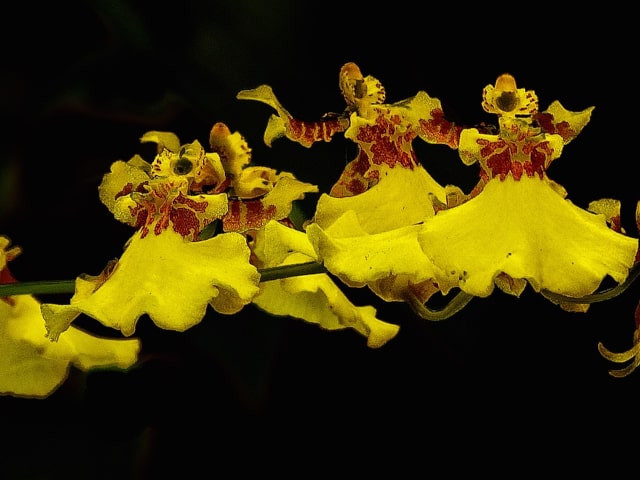
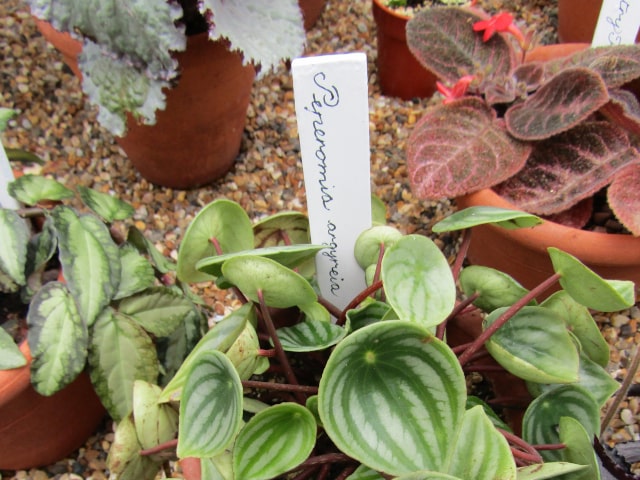
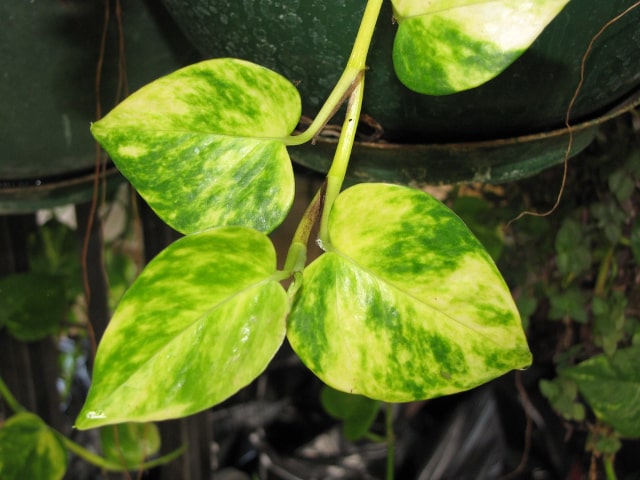
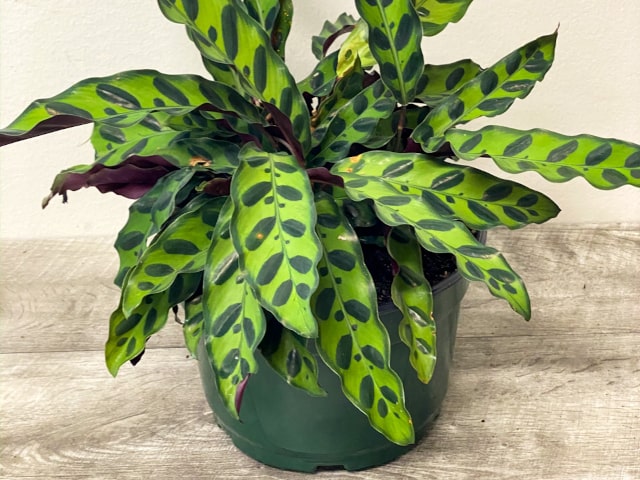
0 Comments